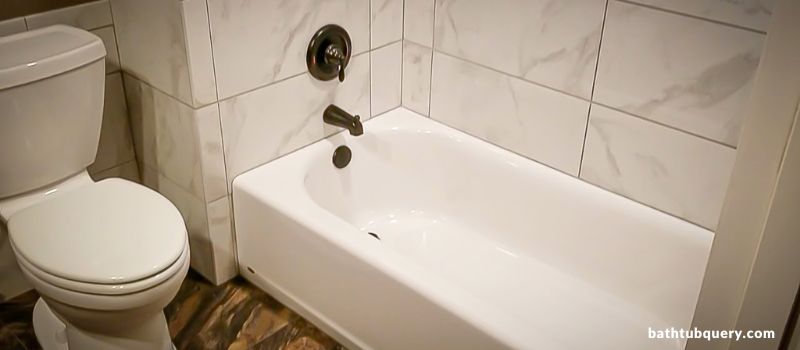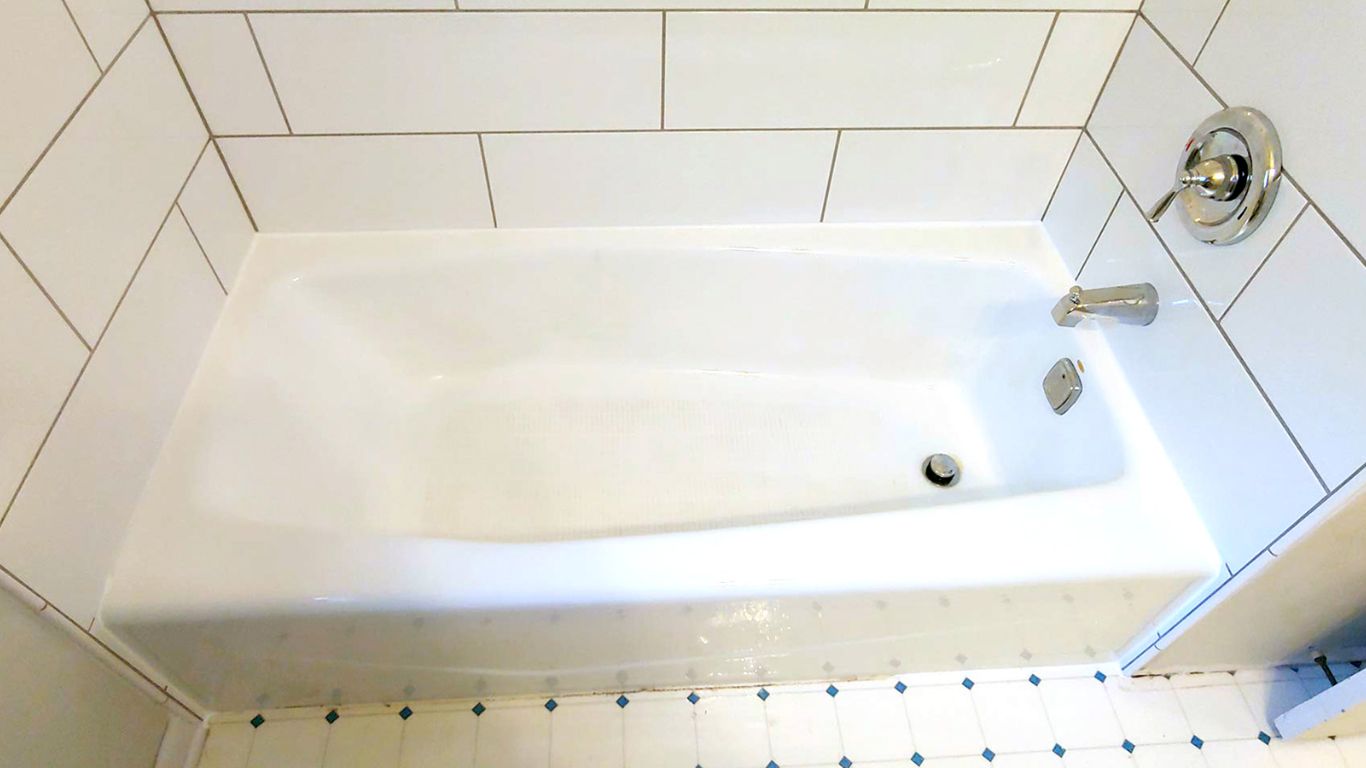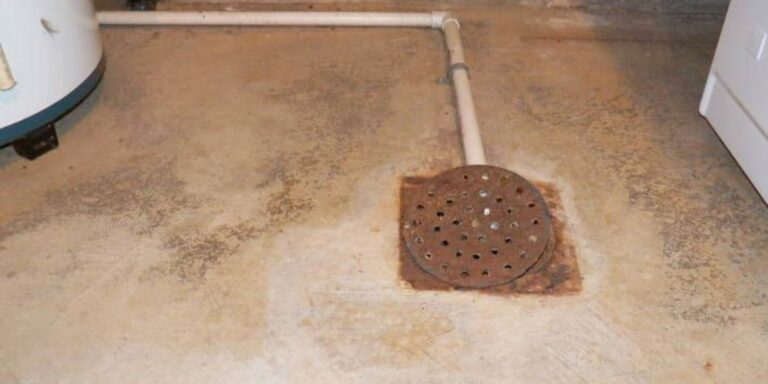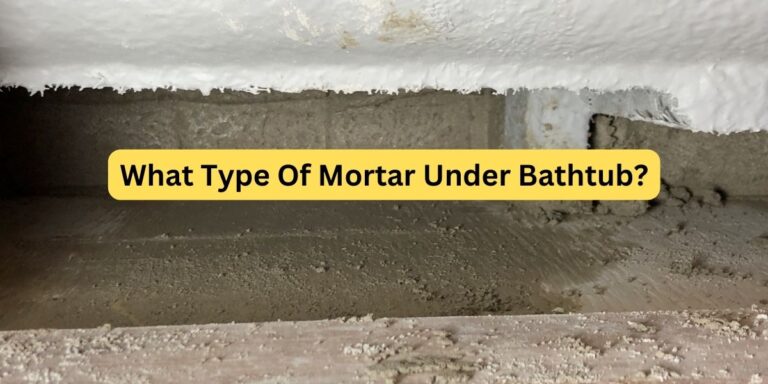Can You Put Tile Directly On A Bathtub?
Installing tile over your existing bathtub can provide an affordable way to update the look of your bathroom. With proper preparation and technique, tiling a bathtub can give it a fresh, waterproof surface while avoiding the cost and mess of replacing it entirely. However, it’s not as simple as just sticking on tile—doing it correctly requires assessing the tub’s condition, proper materials, and careful installation.
Can You Put Tile Directly On A Bathtub?
Installing tile directly onto the surface of an acrylic tub is not recommended. The smooth, slippery surface of the acrylic makes it nearly impossible for the tile to properly adhere. However, it is certainly possible to install tile on the walls and floor surrounding the tub.
Adding a tile surround creates the visual effect of a tiled tub without the adhesion issues. With proper waterproofing and tile installation practices, a tile surround can give an acrylic tub the upscale, built-in look of a tiled alcove bathtub.
What are the benefits of tiling over a bathtub?
There are several good reasons to consider tiling over an old bathtub rather than replacing it:

Aesthetics
One of the biggest motivations for tiling a bathtub is aesthetics. Tile can provide a sleek, contemporary look and allow you to update the style of an outdated tub. Tiling allows you to change the tub’s color, texture, and pattern. Tile finishes like natural stone mosaic, glass, and porcelain can give a tub a high-end, spa-like appearance.
Durability
Tile is extremely waterproof, stain-resistant, and durable. The hard, non-porous surface is easy to clean and sanitize. Tile’s hard finish resists scratches, dings, and discoloration better than fiberglass or acrylic bathtubs. A tiled tub will maintain its like-new appearance for years longer than an untiled tub.
Affordability
Installing tile over an existing tub costs significantly less than replacing the entire tub. Tiling over a tub that is still in good structural condition can save thousands of dollars compared to ripping it out and installing a new unit. The materials for tiling a tub—tile, thinset, and grout—are relatively inexpensive. Doing it yourself further reduces costs versus hiring contractors.
What preparations are needed before tiling a bathtub?
To ensure successful, long-lasting results from tiling over a bathtub, proper planning and prep work are crucial:
Clean Thoroughly
The tub surface must be completely free of dirt, soap scum, oils, and residue that could interfere with adhesion. Use a tub cleaner to cut through stubborn grime buildup. Then thoroughly rinse and let the tub dry completely before applying any products.
Inspect for Damage
Carefully inspect the tub for any cracks, chips, or leaks that could allow water to get underneath the tile and cause problems later. Make repairs if needed—using epoxy or acrylic caulk for small cracks. For more significant damage, consider consulting a professional before tiling.
Create a Waterproof Barrier
For a watertight seal, apply a membrane or adhesive specifically designed for bath and shower installation. RedGard and Laticrete Hydro Ban are two popular liquid waterproofing products. Alternatively, you can use a thin coat of mortar reinforced with fiberglass mesh. Allow the barrier to fully cure before tiling.
What type of tile works best in a bathtub?
Choosing the right tile is important to get an attractive finish that stands up to a wet bathroom environment:
Small Tiles
Smaller tiles with a high number of grouted joints are ideal for tiling on curved tub surfaces. The small size allows them to bend and contour better than larger tiles. Mosaics, tiles under 2 inches, work well.
Mosaic Tiles
Mosaic sheets made up of tiny individual tiles offer flexibility to curve around awkward angles. The myriad grout lines also provide stability. Glass, stone, and ceramic mosaic tiles are all suitable tub options.
Non-Porous Tiles
Natural stone or ceramic tiles with low porosity are best for tub installations. Porous, absorbent tiles allow water to seep in, leading to mildew and discoloration issues. Tiles rated for pool and fountain use are a good choice.
What type of adhesive should be used?
The adhesive mortar or thinset used for tub tile provides both bond strength and some flexibility:
Flexible Thinset
Use a thinset designed specifically for tiling over existing surfaces, like CustomFlex. The flexibility allows the tile to shift slightly with typical tub movements. This prevents cracked grout and tiles that pop off.
Epoxy Grout
Epoxy-based grout is highly water-resistant and stain-proof, making it ideal for wet areas like tubs. Unlike cement grout, epoxy does not allow water absorption that could lead to mold growth. It comes in various colors.
Table comparing common tub tile installation products
| Product | Description | Benefits |
|---|---|---|
| RedGard | Liquid waterproof membrane | Prevents leaks, easy to apply |
| CustomFlex Thinset | Modified thinset with polymer | Flexible, bonds well |
| Mosaic Tiles | Small glass, ceramic, or stone tiles | Low porosity, contour curves |
| Epoxy Grout | 2-part epoxy grout | Waterproof, stainproof |
What application tips ensure successful installation?
Carefully following good tile installation practices ensures the tub tiles stay firmly adhered and prevent moisture issues:
Use a Notched Trowel
Spreading thinset with a notched trowel allows optimal adhesion power. The notches provide the right amount of mortar for the tile to bond properly.
Work in Small Sections
Don’t try to spread thinset over the whole tub at once. Work in sections of just a few square feet at a time so the thinset doesn’t dry out before placing tile.
Use Tile Spacers
Using plastic spacers between tiles ensures even grout line spacing. Consistent alignment also prevents tiles shifting higher or lower than adjacent tiles as you work.
Seal Grout Lines
After grouting, apply a penetrating grout sealer to waterproof the grout lines. Sealers prevent stains and moisture from collecting in the grout pores.
What are the drawbacks of tiling over an old bathtub?
Although tiling over a bathtub can save money compared to replacement, there are some downsides to consider:
Permanence
Removing an existing tub that has been tiled over would be extremely difficult, if not impossible, without damaging the tile. Tiling may permanently commit you to keeping the old tub.
Moisture Issues
If water penetrates underneath, it can lead to damage, mold, and leaks. Careful surface prep and proper sealing is imperative to prevent moisture problems behind the tile.
Limited Design Options
The size, shape, and layout of the old tub will dictate the new tiled tub design. You won’t have the flexibility to alter the footprint or make other major changes.
Tiling over an outdated or damaged bathtub provides an affordable DIY bathroom upgrade. With some tile, tools, and preparation, you can give your tub a fresh facelift. Use proper sealing methods and select appropriate tiles to ensure your new tiled bathtub will withstand heavy bathroom use for many years before needing replacement.
How to Install Tile Around a Bathtub?
FAQS
Can you tile directly over a coated fiberglass tub?
Yes, fiberglass tubs can be tiled over if properly prepared. Scuff the surface with sandpaper, then apply a fiberglass resin coating or waterproof membrane before tiling. Use a flexible thinset mortar.
What if my bathtub has chips or cracks?
Minor chips and cracks should be repaired with epoxy filler before tiling. More extensive damage may require calling in a pro to assess if tub replacement is needed.
How long does it take to tile a bathtub?
Tiling a standard tub takes 2-3 days – day 1 for cleaning and surface prep, day 2 for tiling, and day 3 for grouting and sealing. Working alone, expect 6-10 hours total.
Can any tile be used on a bathtub?
Small, non-porous tiles like mosaic, glass, or ceramic work best. Natural stone tiles are prone to discoloration from moisture. Avoid large tiles and tiles with high porosity.
Is it cheaper to replace or re-tile a tub?
Re-tiling is significantly cheaper, with material costs around $100-$500. Full tub replacement costs $2,000-$5,000 installed.
Read more:
- Can You Use Clorox Toilet Wand On Bathtub?
- Can You Paint a Fiberglass Bathtub? Breathe New Life into Your Bathroom

William J. Bullock is a licensed plumber with over 15 years of experience installing and repairing bathtubs. He runs his own plumbing company in Greenville and serves residential and commercial clients. William is dedicated to providing honest, transparent advice to help homeowners make informed decisions about their bathroom renovations.
He has established expertise in selecting bathtubs, planning custom installations, diagnosing issues, and completing repairs. William aims to share practical tips and reliable recommendations based on extensive hands-on work. When he isn’t on a job site, William enjoys spending time with his family and volunteering at local community events. He takes pride in delivering quality service and enjoys helping people upgrade their homes.







